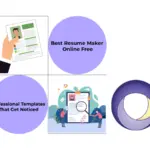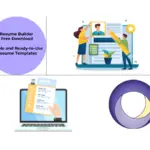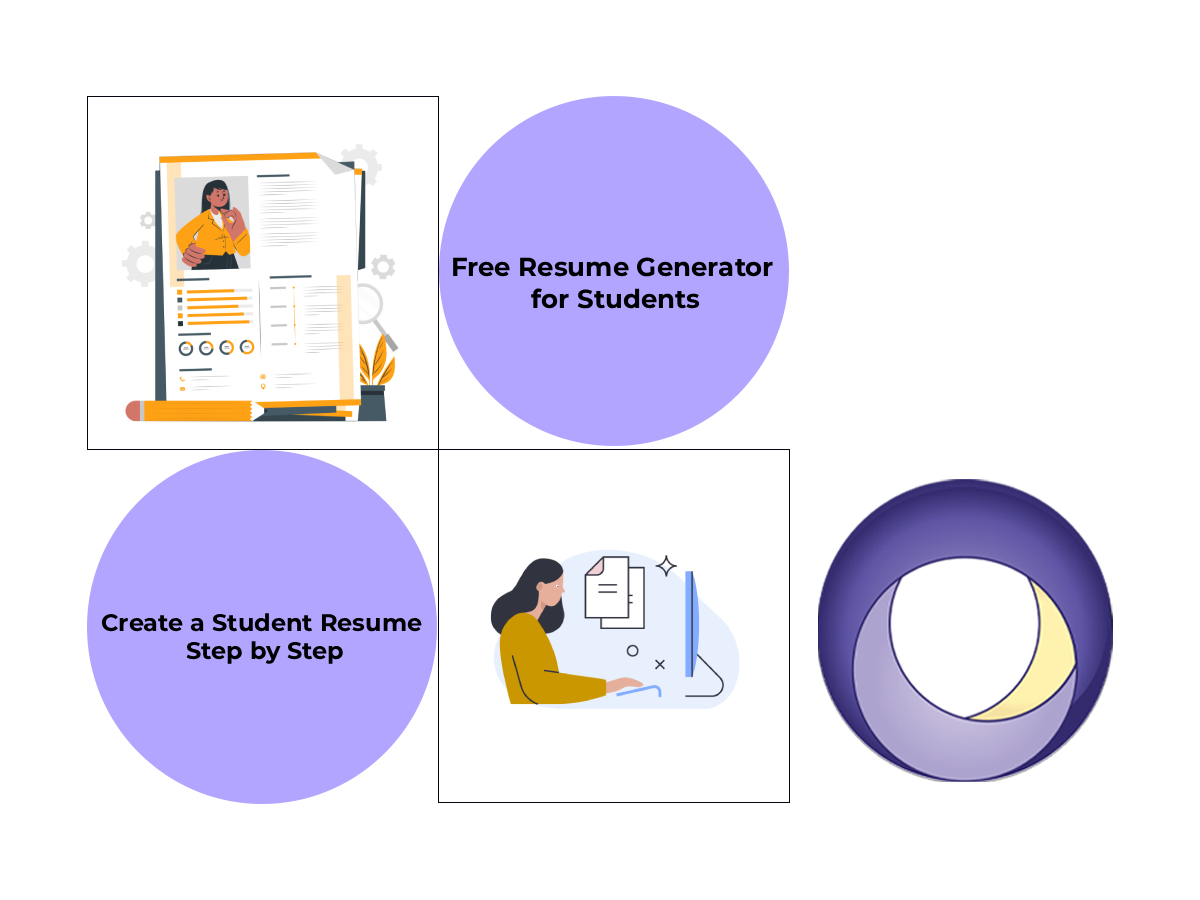
Free Resume Generator for Students: Create a Student Resume Step by Step
Every student remembers that awkward moment: staring at a blank page, wondering how to turn part-time jobs, campus projects, or volunteer hours into something that looks professional. Some give up and copy a friend’s format. Others download a Word template, only to find it messy when they try to edit it. I’ve spoken with dozens of UAE and MENA students who shared the same frustration: “I don’t know what to write, I don’t even have much experience yet.” That feeling is normal, but it doesn’t have to be the end of the story.
Table Of Content
- Why Students Shouldn’t Wait to Build a Resume
- What a Free Resume Generator for Students Actually Does
- Step by Step: Creating Your Student Resume
- Step 1: Start with the Basics
- Step 2: Craft a Short Summary
- Step 3: Education Front and Centre
- Step 4: Show Experience Creatively
- Step 5: Projects and Skills Matter More Than You Think
- Step 7: Final Polish and Export
- Common Student Mistakes to Avoid
- A Story That Proves It Works
- Why a Free Resume Generator Is Worth It
- Final Word
This is precisely where a free resume generator for students changes the game. Instead of leaving you lost in formatting and recruiter jargon, it guides you like a roadmap, one section at a time, until you have a polished PDF.
Why Students Shouldn’t Wait to Build a Resume
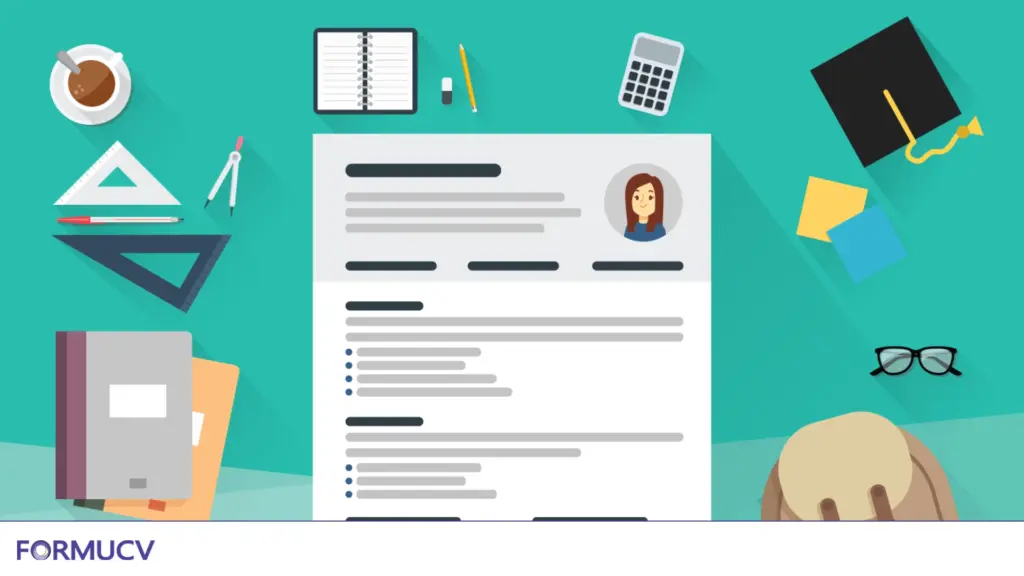
Here’s the truth: your first resume isn’t just for your “future job.” You’ll need it earlier than you think.
- Internship programs often ask for one.
- Universities require resumes for exchange or scholarship applications.
- Even part-time jobs in retail or hospitality may require a short CV.
I once interviewed a second-year engineering student who landed a summer internship not because of his grades, but because he had listed his robotics club project on a clean, well-structured resume. His peers had the same experience, but without a resume, they weren’t even considered.
What a Free Resume Generator for Students Actually Does
Unlike Word or Google Docs, a resume generator for students is built to do more than format text. Think of it as a combination of a writing coach and a design tool.
For example, FormuCV, a platform I’ve tested, offers recruiter-approved templates, AI suggestions for stronger wording, and even a job-match score when you paste a job description. Instead of guessing what to write, you get nudges like:
- Replace “responsible for organising events” with “coordinated a 200-person student event, managing logistics and sponsorships.”
- Add missing keywords so your resume passes ATS filters.
- See a live preview so there are no formatting surprises.
It’s not about doing the work for you; it’s about ensuring your effort translates into something employers can immediately recognise.
Step by Step: Creating Your Student Resume
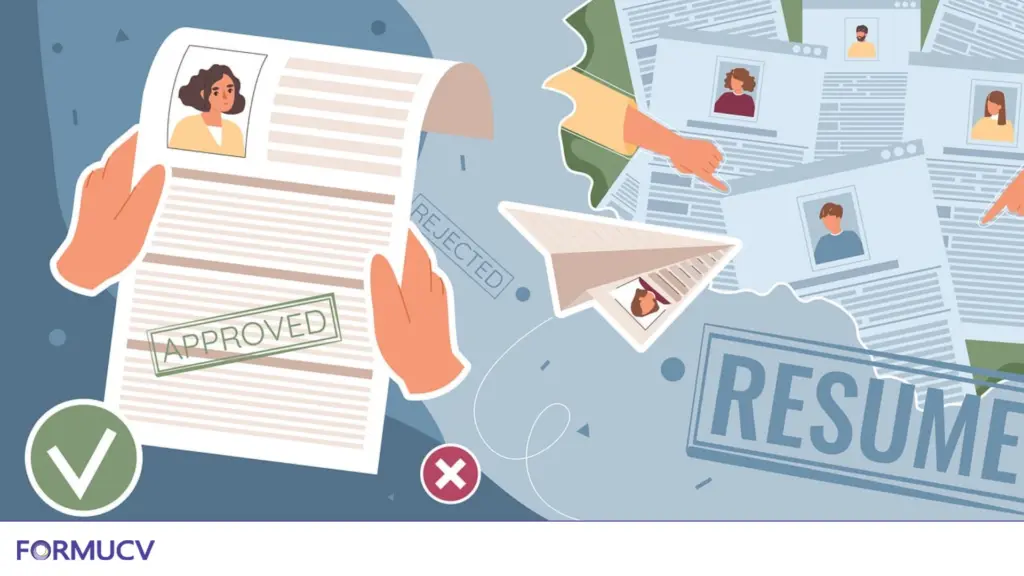
Now, let’s walk through how a student can build a resume using one of these tools. I’ll mix in observations I’ve gathered from real cases.
Step 1: Start with the Basics
You’ll always begin with your name, email, phone number, and city. Skip complete home addresses; recruiters rarely need them now. One hiring manager I spoke to in Dubai said she often rejects resumes with unprofessional emails. So if your email still has “soccerchamp97” in it, create a simple Gmail with your name.
Step 2: Craft a Short Summary
Students often skip this part, thinking it’s only for experienced professionals, which is a big mistake. A two-line summary is your elevator pitch.
Example from a finance student I worked with:
“Business student with a focus on financial modelling, experienced in Excel and Bloomberg, seeking an internship in investment analysis.”
It’s short, but it immediately frames what he’s aiming for.
Step 3: Education Front and Centre
Education is your strongest suit as a student. List your degree, university, and graduation date. If your GPA is good, include it. If not, highlight coursework or projects instead.
One computer science student in Abu Dhabi added:
“Relevant coursework: Machine Learning, Database Systems, Cloud Computing.”
That gave recruiters a sense of his actual skills without needing job history.
Step 4: Show Experience Creatively
Not everyone has internships yet, and that’s fine. Instead, consider leadership roles, volunteering, or freelance gigs. What matters is framing them as achievements.
Instead of:
“Worked part-time at a café.”
Try:
“Handled 50+ transactions per shift, maintained 100% accuracy in cash balancing, and trained two new employees.”
Notice how that suddenly reads as responsibility and impact.
Step 5: Projects and Skills Matter More Than You Think
For students, projects often say more than jobs. Add class projects, hackathons, or personal side work.
Example:
“Developed a budgeting app in Java as part of a group project; tested by 200 users in beta phase.”
Skills, languages, software, and technical tools should be listed clearly. Recruiters spend seconds scanning, so make it scannable.
Step 6: Tailor for Each Application
This is where tools like FormuCV really shine. You can see how well your resume matches by pasting in a job description. If the role asks for “data visualisation,” and you only wrote “Excel charts,” you’ll be prompted to adjust.
Ensuring your resume speaks the same language as the job post is not cheating.
Step 7: Final Polish and Export
Always preview before downloading. Change layouts if the first one looks too crowded. Stick to a single page unless you have serious research or multiple internships. Then export as a professional, uneditable PDF.
Common Student Mistakes to Avoid
- Too much detail: One page is usually enough.
- Generic wording: “Responsible for” says little; use action verbs.
- Ignoring keywords: ATS systems won’t pick up vague skills.
- Same resume for every job: Recruiters notice when it’s generic.
A Story That Proves It Works
Last year, I met Mariam, a marketing student in Sharjah. She applied for ten internships with no replies, and she was frustrated and convinced employers weren’t interested. We reviewed her resume and rebuilt it using a free resume generator.
We changed “helped with social media posts” to “designed Instagram campaigns that increased student club engagement by 40%.”
Within three weeks, she had three interviews lined up. Same student, same skills, but a resume that finally told her story correctly.
Why a Free Resume Generator Is Worth It
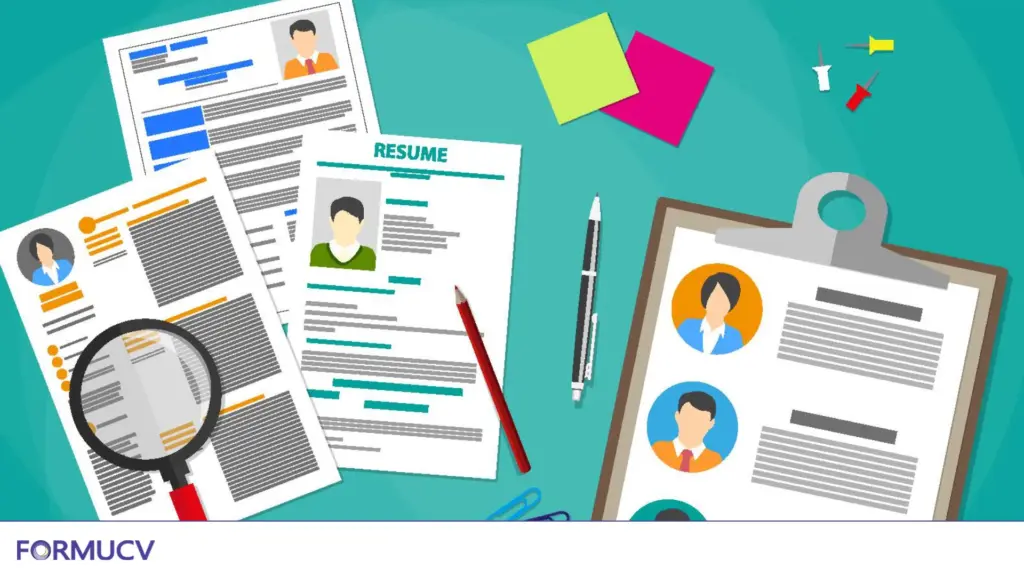
For students, time is limited. You don’t want to waste hours formatting margins in Word between classes, exams, and part-time jobs. A free resume generator for students removes that stress.
It gives you:
- Confidence that your resume looks professional.
- Language that highlights achievements, not just duties.
- Templates designed to pass recruiter screening.
Most importantly, it lets you focus on what really matters: your experiences, projects, and goals.
Final Word
Your first resume doesn’t have to be perfect. It just needs to represent you clearly and professionally. With the right tool, you don’t need years of job history to stand out. Education, projects, and volunteer work can shine if presented correctly.
So don’t wait until graduation. Open a free resume generator for students, take it step by step, and give yourself a head start in the job market.
